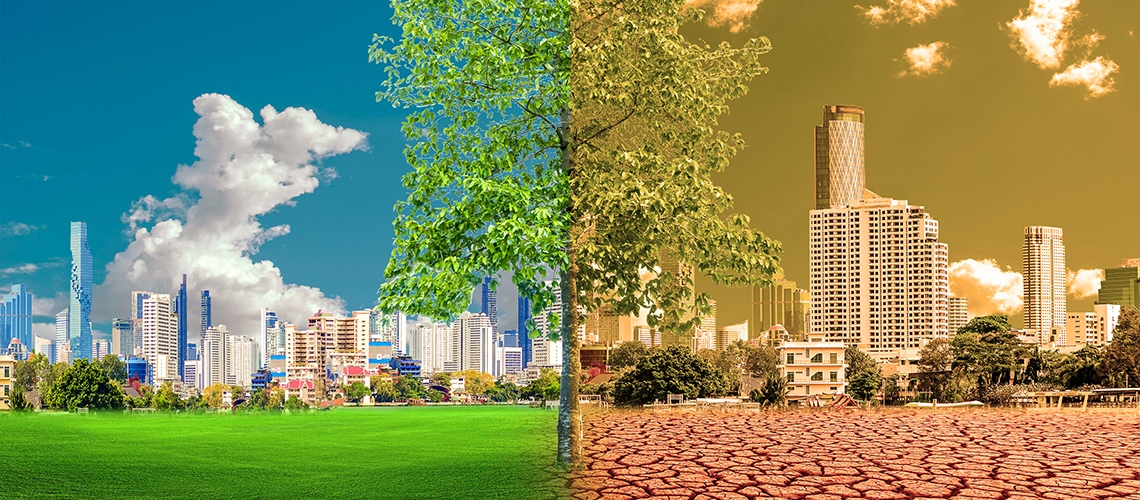Sustainable vs. Renewable Energy: What's the Real Difference?

When we talk about a greener tomorrow, terms like sustainable and renewable energy often come up. They sound interchangeable, right? But here's the catch: they're not the same. And as India moves swiftly towards energy independence and climate action, understanding the difference matters more than ever.
At Jindal India Renewable Energy Limited (JIRE), we're deeply invested in this shift. As a proud part of the BC Jindal Group, our mission is to build a sustainable future by investing in clean energy sources like solar, wind, hybrid RE, and Battery Energy Storage Systems (BESS). But before we dive deeper into our role, let’s clear the air on this important question: What exactly is the difference between renewable and sustainable energy?
What is Renewable Energy?
Renewable energy is nothing but power sourced from natural sources like the sun, wind and tides. These sources replenish automatically and aren’t going to run out any time soon, making them a better alternative to fossil fuels.
Popular forms of renewable energy in India are
- Solar power, which is produced using photovoltaic cells that capture sunlight
- Wind energy, which is generated using turbines that convert wind flow into electricity
- Hydropower, which is created by harnessing the energy of flowing water
- Biomass, which is derived from organic material like plant and animal waste
By switching to renewable energy, we can reduce our dependence on finite resources like coal, oil, and natural gas. But let’s not forget that even some renewable energy sources aren’t sustainable.
What Exactly is Sustainable Energy?
Now, sustainable energy, besides being renewable, is a type of energy that meets today’s needs without compromising the ability of future generations to meet theirs. And yes, all sustainable energy is renewable, but not all renewable energy is sustainable.
For example, a large hydroelectric dam may produce renewable electricity, but if it leads to significant ecological damage or displaces local communities, it may not be considered truly sustainable.
In our work at Jindal India Renewable Energy, sustainability is a guiding principle not just in what kind of energy we invest in, but also in how we develop and deploy it. From reducing land use impact to integrating energy storage for greater grid stability, we’re focused on the bigger picture.
Why This Difference Matters
You might be wondering, does it really make a difference? Short answer: yes.
India has one of the fastest-growing energy demands in the world. Now that the country is pushing forward with its clean energy goals, understanding the difference between renewable and sustainable energy helps in making better policy, investment, and project development decisions.
For example, investing in a renewable energy plant powered by solar is great, but combining it with battery storage, like we’re doing in our 300 MW project, makes it more sustainable by solving the issue of intermittency.
Wind farms produce renewable energy, but placing them in ecologically sensitive zones without proper impact assessment could affect biodiversity, making them less sustainable.
At JIRE, our focus is not just on the “what” but also the “how.” We’re carefully designing our energy strategy to ensure that our projects support both renewable energy in India and a truly sustainable future.
Closing Thoughts
Here’s a simple way to look at it: renewable energy is like the raw material, and sustainable energy is the thoughtful design that puts it to good use. One gives us the tools, the other guides us on how to use them responsibly. And to truly build a better future, we need both working hand in hand.
At Jindal India Renewable Energy, we’re excited to be part of this journey. From solar and wind to hybrid systems and energy storage, we’re not just chasing cleaner energy; we’re building smarter, long-term solutions that support a healthier planet for everyone.
Because in the end, it’s not just about how much energy we produce. It’s about the kind of world we help shape along the way.